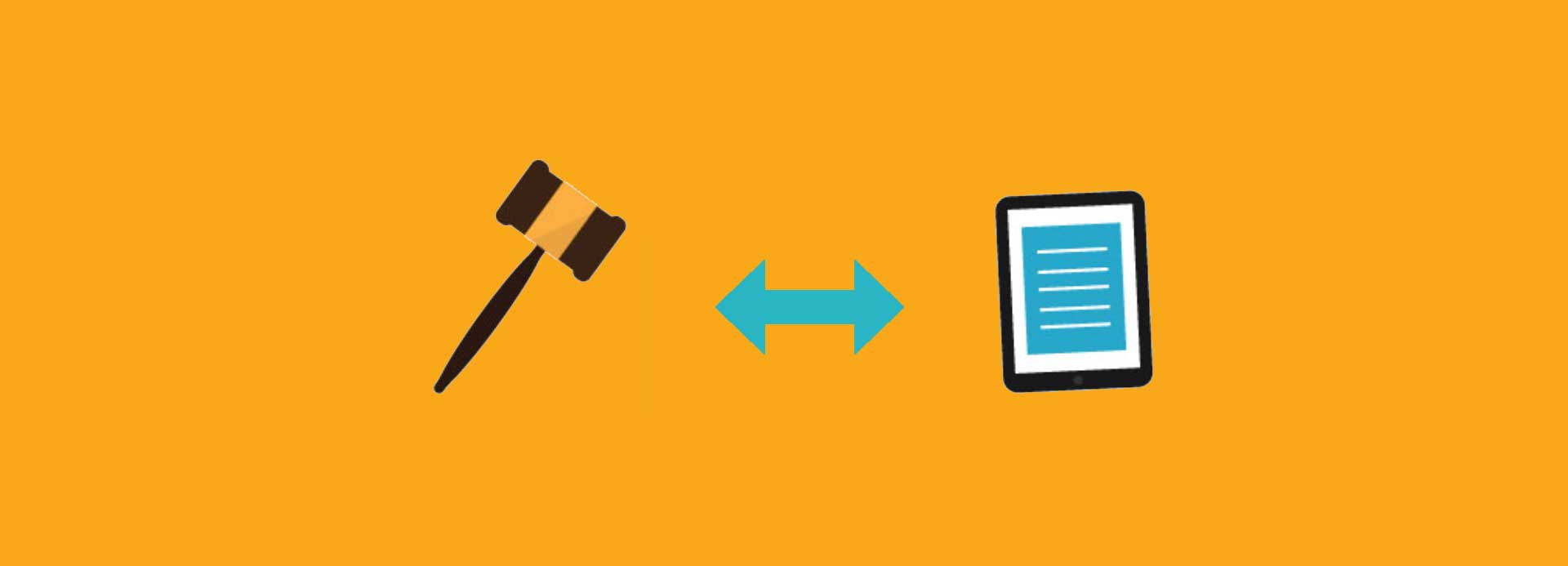
Electronic signatures and digital signatures are often used interchangeably in conversation, but in reality, each carries a distinct set of defining features and functions.
Signing documents is a part of our daily modern lives. But making your mark is nothing new: cave dwellers scratched symbols in the dirt. Leonardo da Vinci’s name appears on each of his drawings. John Hancock has the most famous signature in American history, more than 200 years after he put pen to paper.
To satisfy the expanding need for e-signatures in every industry. With many of our clients asking for digital signature services, we wanted to make sure that YOU know the difference between digital signatures and electronic signatures—and how the two should work together to provide a secure and legally binding solution to your document-signing needs.
To help us to understand it we can look at the infographic which was put together by Silanis. Now we should have a great idea which one is the right solution for our business.
Now let us take it forward, what are the features which separate them?
ELECTRONIC SIGNATURES
It’s a legal concept – it’s a lasting representation and capture of someone’s intent. The functions of an electronic signature can be summarized in: An Electronic Signature needs to prove – WHO signed – WHAT was signed – INTENT and Consent.
DIGITAL SIGNATURES
Encryption technology underlying the electronic signature Works with an electronic signature; NOT as an electronic signature. Digital Signatures support to secure sensitive data associated with documents through encryption, detects tampering efforts and invalidates signed documents if they have been altered in any way. Digital Signature is strengthening the signer’s trust.
Simply having a digital signature applied to a document doesn’t ensure integrity. How it is used and applied to support the electronic signature is very important.
So let us marry them, Together they are a Great Team
Pairing the two together ultimately produces:
- Persuasive, legally binding evidence
- Peace of mind among all parties
- A significantly faster document workflow
Adobe has been focusing on document processes for many years. One of the biggest software inventions in history is for sure the PDF (portable document format) document standard which was created by Adobe back in the year 1993. PDF was standardized as an open format, ISO 32000, in 2008.
With Adobe Sign we receive a complete cloud-based digital signature solution that allows organizations to sign contracts, permission slips, release forms, and many more with an encryption-based digital signature. Just everything you require to make a legal digital signature.
As of 2020 Adobe Sign is the only digital signature solution in the UAE which holds a cross-certification certificate from the TRA (Telecommunications Regulatory Authority). This allows for signing legal electronic documents.
Today we can use many devices to make actually our signature, from PC, MAC, signature pads and mobile devices. But let’s keep in mind not all of them are legally accepted. See the full infographic which explains what is a digital signature and what is an electronic signature.
![Electronic Signatures Vs. Digital Signatures – Defining the Difference [Infographic] Electronic Signatures Vs. Digital Signatures – Defining the Difference [Infographic]](https://skillzme.com/wp-content/uploads/2018/07/electronic-signatures-vs-digital-signatures.jpg)
Working 7 years with Adobe I was always inspired by my creative co-workers and the endless possibilities of Adobe Creative products.
More Links
- Read in our Skillz Blog, 102: The History of Digital Signature Technology [Infographic].
- Pandadoc: Does an electronic signature have a legal leg to stand on?.
- Adobe Acrobat Blog, Hidden Gems in Acrobat DC: Know the History of Your Signed Documents..
- Read in our Skillz Blog, 101: Digital Signature and Adobe Sign [Infographic].

![5 Bold Predictions for AI in 2025 [Infographic] hero-image-AI-Predictions-2025](https://www.skillzme.com/wp-content/uploads/2025/02/hero-image-AI-Predictions-2025-200x200.jpg)
![Top 5 Photo Editing Tools for Online Course Creators [Infographic] hero-imae-Top-5-Photo-Editing-Tools](https://www.skillzme.com/wp-content/uploads/2025/02/hero-imae-Top-5-Photo-Editing-Tools-200x200.jpg)
![How EDI has Impacted Different Industries [Infographic] How EDI has Impacted Different Industries](https://www.skillzme.com/wp-content/uploads/2025/02/banner-EDI-Impacted-Different-Industries-200x200.jpg)


I’m still learning from you, as I’m improving myself.
I definitely liked reading all that is written on your website.Keep the posts
coming. I enjoyed it!
Much thanks to you for sharing this important post. This instructive Write-up has assisted me with understanding the intimately with no problem.
This is really nice piece of information put together to explain difference between electronic signature and digital signature.
Good to know the difference .. Amazing. thumbs up!